Why Laser Damage Testing is Critical for UV Laser Applications
Laser Induced Damage Threshold (LIDT) defines the maximum quantity of laser radiation an optic can handle without damaging. It is one of the most important specifications to consider when integrating an optical component into a laser. To learn more about LIDT, please review the Understanding and Specifying LIDT of Laser Components application note.
UV Lasers
There are numerous advantages to using UV lasers as opposed to longer wavelengths such as infrared or visible light. In materials processing, infrared or visible lasers melt or vaporize material, which can hinder the creation of small, precise features and damage the structural integrity of the substrate. On the other hand, UV lasers process materials by directly breaking the atomic bonds in the substrate, which means that no peripheral heating is created around the beam spot. This reduces damage to material, allowing UV lasers to process thin and delicate materials much more effectively than visible and infrared lasers. The lack of peripheral heating also facilitates the creation of very precise cuts, holes, and other fine features. Additionally, laser spot size is directly proportional to wavelength. Thus, UV lasers have a higher spatial resolution than visible or infrared lasers and lead to even more precise processing of materials.
However, the short wavelengths of UV lasers impact the LIDT of optics used with them. UV light is scattered more than visible or infrared light and also contains more energy, causing it to be absorbed by substrates. This UV absorption can even bleach component substrates. Similarly to how UV lasers cut materials by breaking atomic bonds, unwanted absorption of UV lasers can break the bonds in an optical component or coating, leading to failure. This reduces the component’s LIDT and an optic will usually have a lower LIDT at UV wavelengths than at visible or infrared wavelengths. When dealing with LIDT, it is important to remember that LIDT is directly related to wavelength.
UV Optics
UV optics must be carefully designed and manufactured to withstand the effects of UV damage. UV optics must contain a lower than usual amount of bubbles within them, have a homogeneous refractive index across the optic, and a limited birefringence, a specification which correlates the polarization of light with an optic’s refractive index. Additionally, in cases involving the use of UV lasers, UV optics should take into account prolonged periods of exposure. An example of a material used in UV applications would be Calcium Fluoride (CaF2), which has all of the aforementioned attributes required to withstand the effects of UV damage. However, in certain applications even CaF2 optics can be damaged. For instance, if you use CaF2 optics in high humidity environments they will perform poorly because they are highly hygroscopic, absorbing moisture easily.
Therefore, when using a UV laser it is crucial to consider the Laser Damage Threshold. If an optic is selected that is not made for UV wavelengths, then the specification for LIDT may be misleading. For standard laser optic components, LIDT will rarely be given for wavelengths in the UV part of the spectrum. Rather, LIDT will be given for higher wavelengths. UV optics provide an LIDT that is tested specifically using UV wavelengths, ensuring more accurate LIDT specifications.













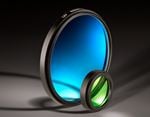
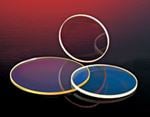
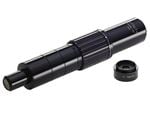
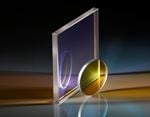


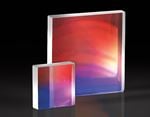
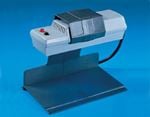
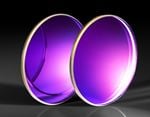
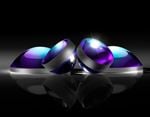
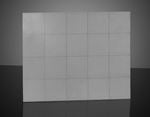
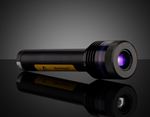
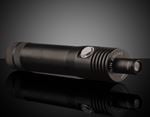
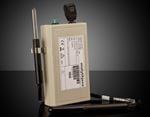
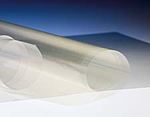
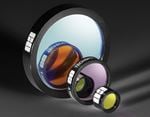
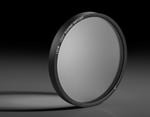
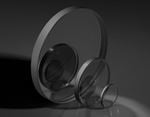
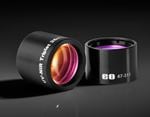
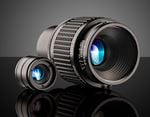
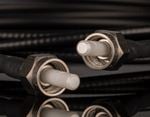
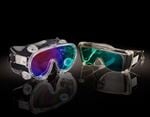

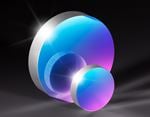
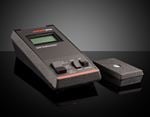
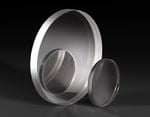
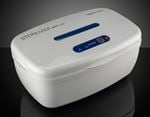
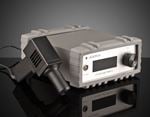
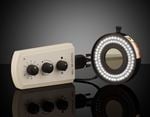
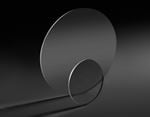
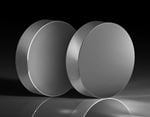
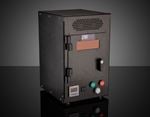
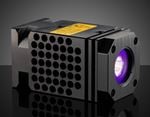
or view regional numbers
QUOTE TOOL
enter stock numbers to begin
Copyright 2024, Edmund Optics Singapore Pte. Ltd, 18 Woodlands Loop #04-00, Singapore 738100
California Consumer Privacy Acts (CCPA): Do Not Sell or Share My Personal Information
California Transparency in Supply Chains Act